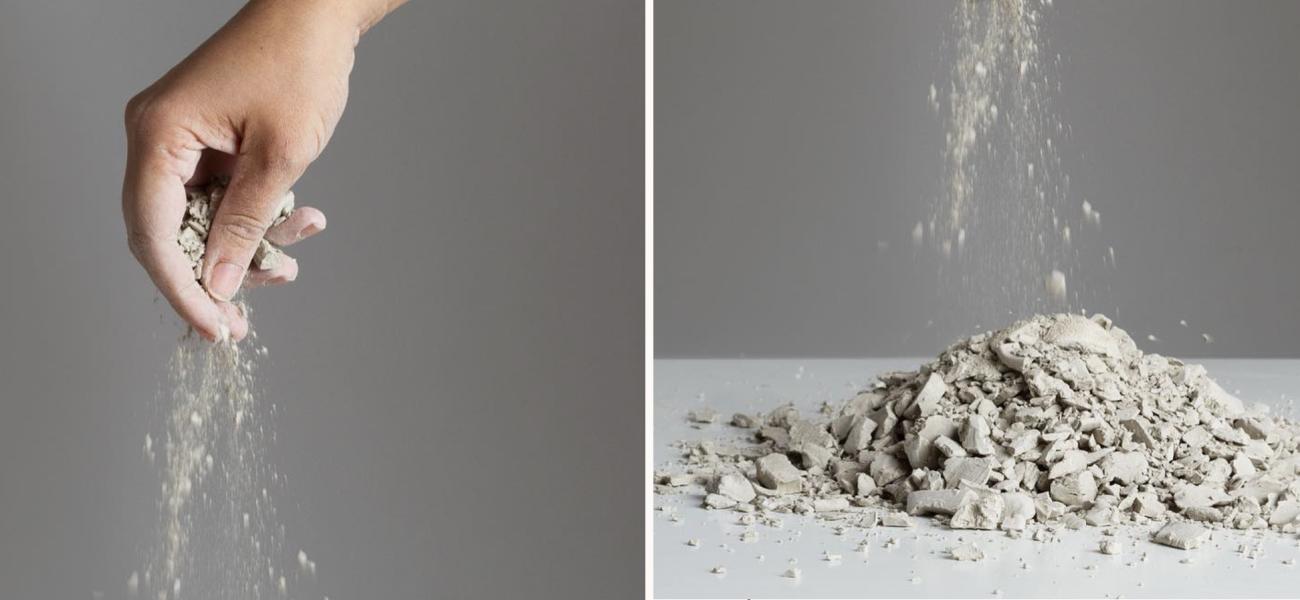On What Remains
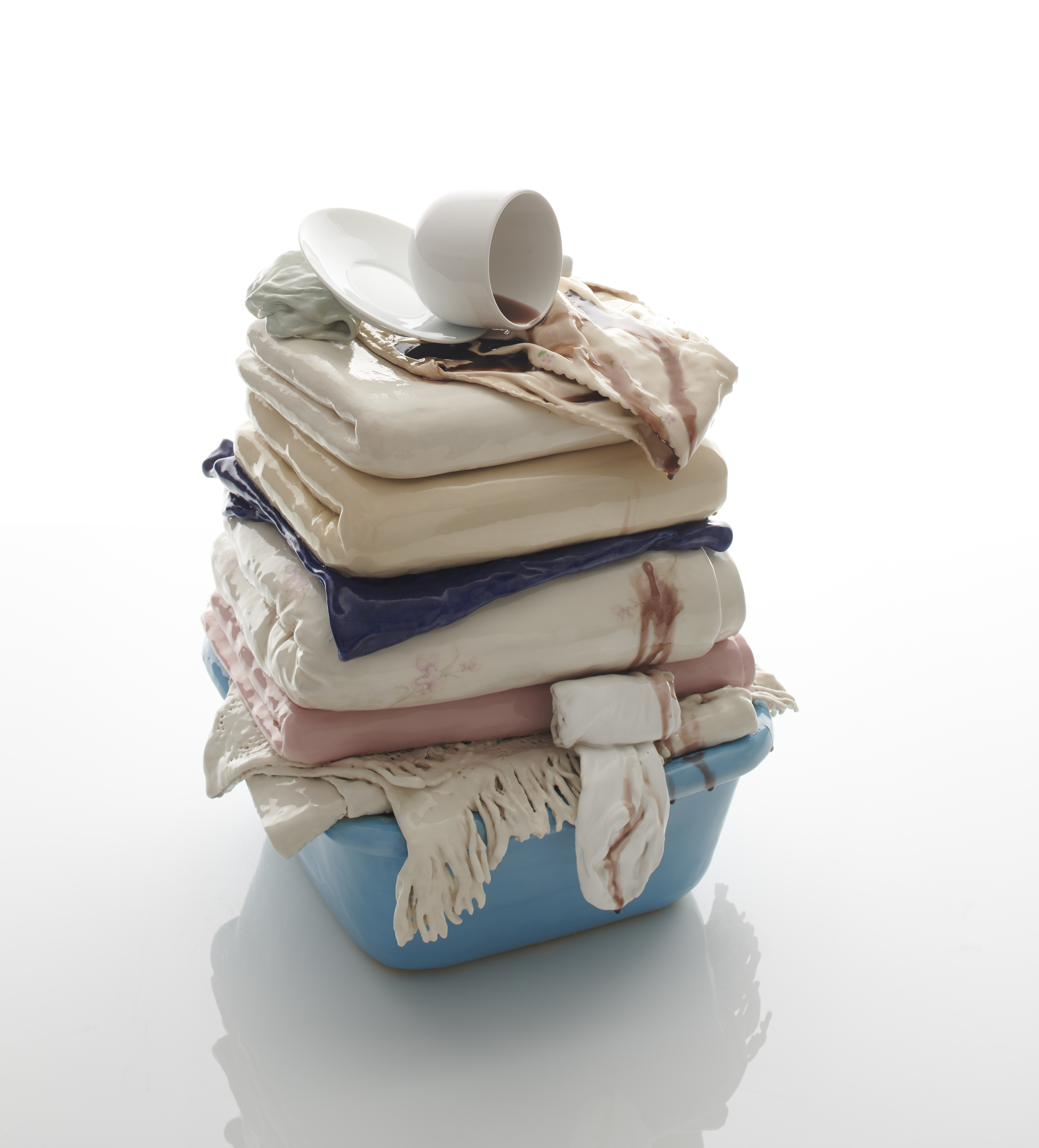 Life has a particular orography. The gravitational forces that sediment our biographies are a complex brew of time and memory. The awe and fascination with which we experience our journey collide, more often than not, with the harshness of the terrain. In this constant flow of becoming, we crave order. We measure our days in calendars, hours, and minutes. We structure history in chronological timelines to help us grasp the complexity of events. Time, a fundamental notion as it is, can be combined mathematically to obtain concepts such as motion or energy. However, the time of physics is substantially different from the time of life. In life, time stretches, erodes, and contracts in unexpected ways. Time can be saved or lost; it can have material-like qualities and slip through our fingers, or it can, in fact, stop and feel eternal, limitless.
Life has a particular orography. The gravitational forces that sediment our biographies are a complex brew of time and memory. The awe and fascination with which we experience our journey collide, more often than not, with the harshness of the terrain. In this constant flow of becoming, we crave order. We measure our days in calendars, hours, and minutes. We structure history in chronological timelines to help us grasp the complexity of events. Time, a fundamental notion as it is, can be combined mathematically to obtain concepts such as motion or energy. However, the time of physics is substantially different from the time of life. In life, time stretches, erodes, and contracts in unexpected ways. Time can be saved or lost; it can have material-like qualities and slip through our fingers, or it can, in fact, stop and feel eternal, limitless.
As with any other essential human notion, time is subject to the intricate geography of language. In an effort to comprehend the incomprehensible, we rest in the elasticity of language and the richness of words, and they, in return, articulate and mimic the elasticity of time.
In this entanglement of objective and subjective reality, memory acts as a driving force, an instrument that aids the richness of the human experience. If time is a continual unfolding of events, memory is the tool that deconstructs reality into fragments of information, fixing and sculpting temporality. However, memory is not the recollection of mere data. In the act of remembering, we form imprints, constellations of impressionist pictures that converge in a metaphysical scrapbook of emotions. These sacred landmarks of significance are what determine our own individual histories. We don't remember the mundane, but those significant events pierce time with intense emotion. If you lose your memory, you are forced to live in an eternal present. As creatures of temporality, this is a burden almost impossible to endure. A life without a past lacks one of the temporal dimensions that underpin the basis of our existence.
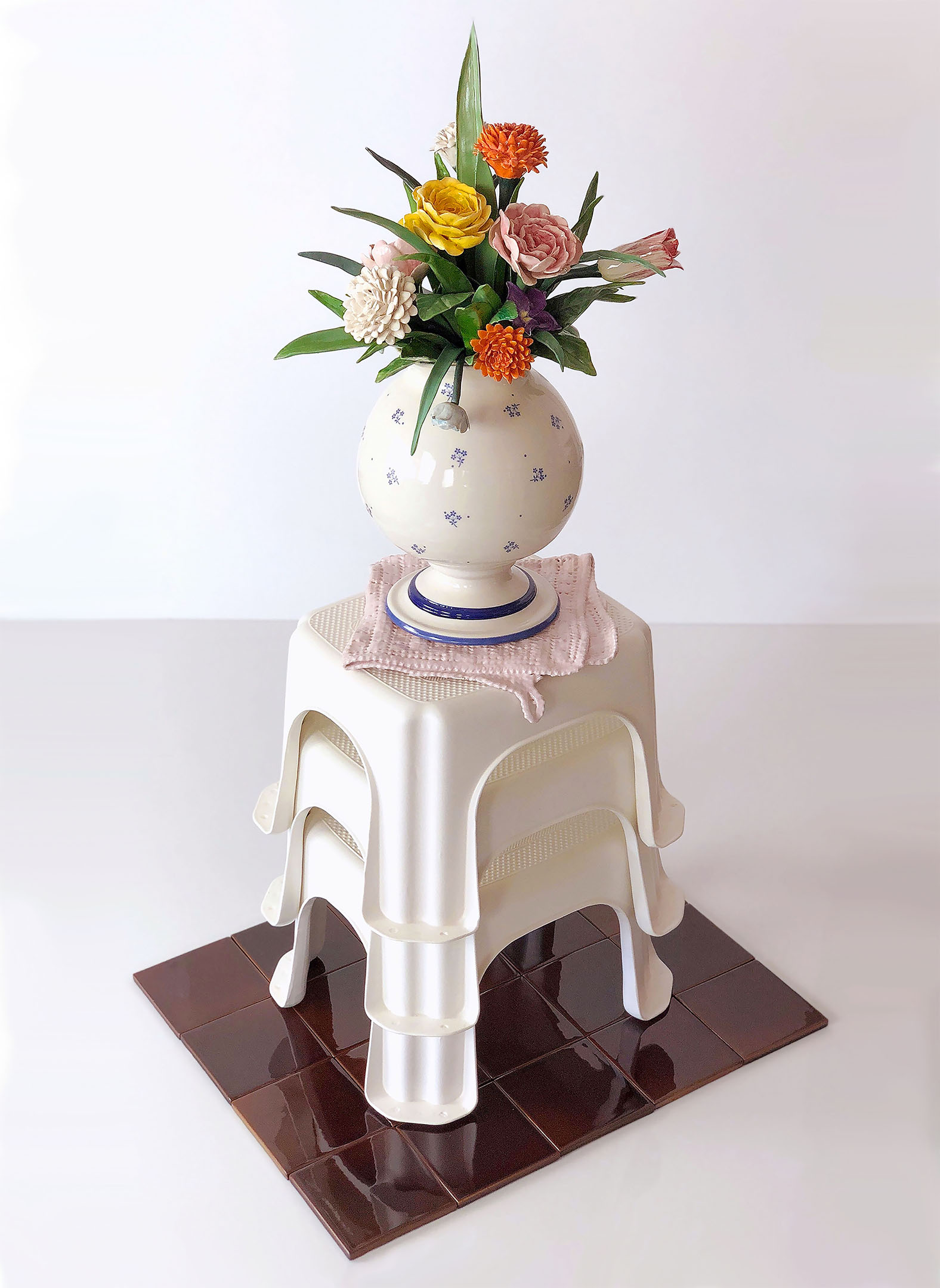 Ultimately, our loved ones prevail in our memory, defying the passing of time. Could memory be the inherent tool that we use to defy mortality? If immortality does, in fact, exist, it most probably does not reside in a supra-terrestrial plane but in the realm of memory.
Ultimately, our loved ones prevail in our memory, defying the passing of time. Could memory be the inherent tool that we use to defy mortality? If immortality does, in fact, exist, it most probably does not reside in a supra-terrestrial plane but in the realm of memory.
Throughout our shared history, the connection of time and memory to the sacred and the profane has resulted in fruitful philosophical, artistic, and scientific debates. For the ancient Greeks, the cosmos was the consequence of divine forces; their gift for eloquence, metaphor, and poetry provided us with fascinating adventures in the shape of myths that served as instruments for understanding the ever-changing universe. The Titans and deities mingled with the mortals, portraying the world's beauty, cruelty, and contradictions. Kronos, also associated with Saturn, legislated temporality, and he represented the devouring nature of time. Mnemosyne (memory in Greek), who belonged to the oldest dynasty of Titans, ruled over memory and remembrance. In an amorous encounter with Zeus, she birthed nine talented daughters, goddesses of poetry and inspiration – the muses Calliope, Clio, Erato, Euterpe, Melpomene, Polyhymnia, Terpsichore, Thalia, and Urania.
To encounter a muse was a desirable event that any aspiring poet or musician could strive for. Their blood ties to Memory granted them, through song and language, a god's eye view of the past. By invoking them, a poet could transcend mortal rule and gain access to divine truth and beauty.
It is of common agreement that this is, by far, an engaging and entertaining tale that has resonated through culture to our present day. Yet, what is Antiquity's collective unconscious revealing to us? For Greek culture, the arts were the daughters of memory. This is a powerful and beautifully sorted out metaphor that constructs and resolves through allegory the mystery of creativity. The muses embody the capacity for self-reflection and the capability of humankind to reimagine and restructure past experiences into infinite possibilities.
Memory is, thus, fiction, narrative, and imagination ruled by emotion.
The fragmented nature of memory translates into a constant need for search; we live in a perpetual quest for wholeness, searching aimlessly for the missing frame that will eventually complete us. We yearn for more time, but aren't we, in fact, longing for more memories?
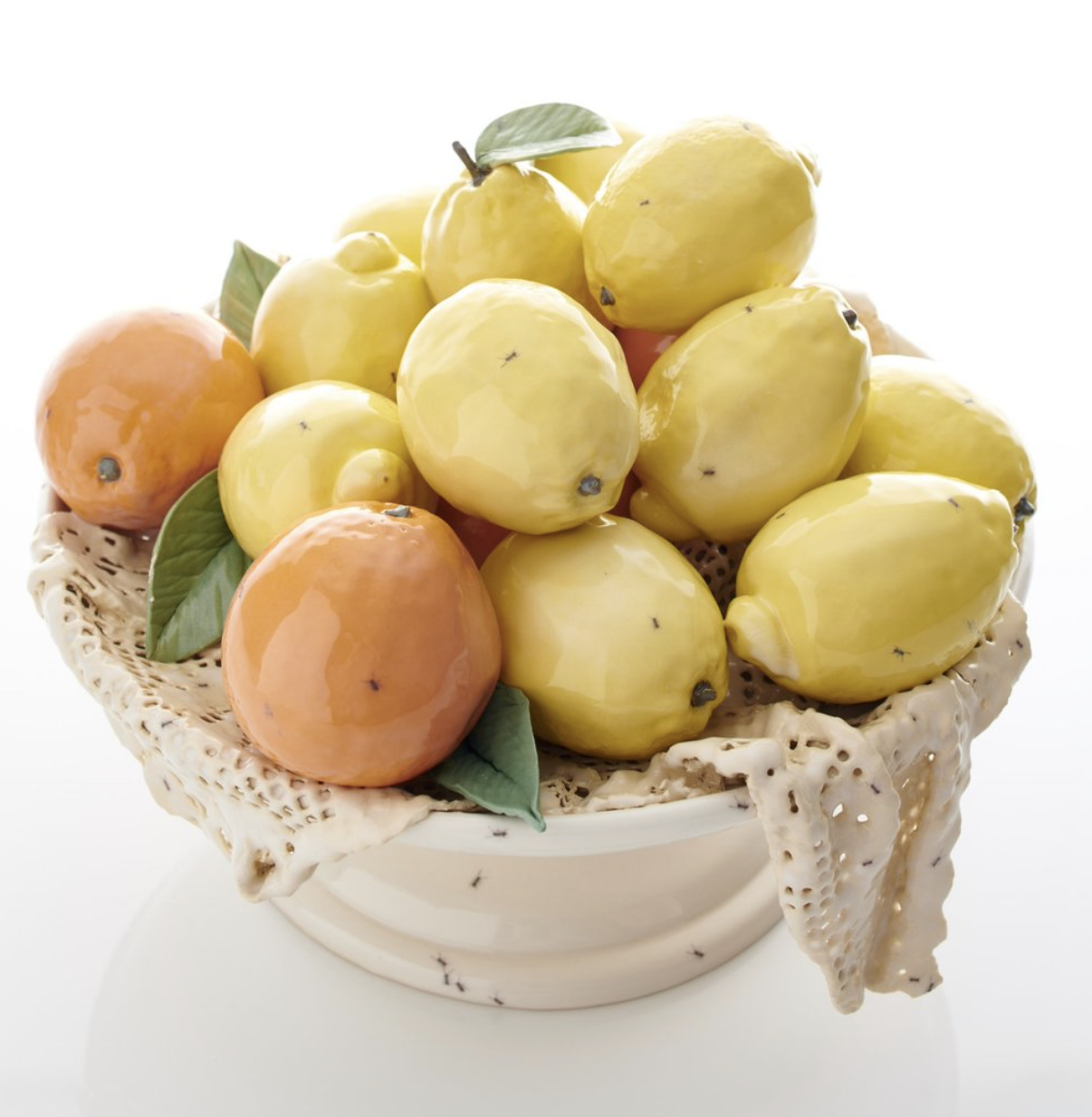 In reflecting on these elusive topics, we are, in reality, contemplating the inevitable tragedy of our own existence. In Europe, throughout the late 16th century, a new artistic genre came into fashion: still lifes. The rise of commercial activity gave form to a thriving middle class that commissioned paintings depicting the richness of materiality and its excesses. Lavish flowers, luxurious chinaware, fruits, vegetables, and ornaments were staged theatrically on a canvas to illustrate life's frugality.
In reflecting on these elusive topics, we are, in reality, contemplating the inevitable tragedy of our own existence. In Europe, throughout the late 16th century, a new artistic genre came into fashion: still lifes. The rise of commercial activity gave form to a thriving middle class that commissioned paintings depicting the richness of materiality and its excesses. Lavish flowers, luxurious chinaware, fruits, vegetables, and ornaments were staged theatrically on a canvas to illustrate life's frugality.
Yet let's pause briefly on the semantics used to describe the nature of these works. If we consider that life is fundamentally inseparable from change, a still life is an oxymoron, a contradiction in itself. It is in this playful and poetic dichotomy that the beauty of a still life resides. Still lives are about the unseen, the absent.
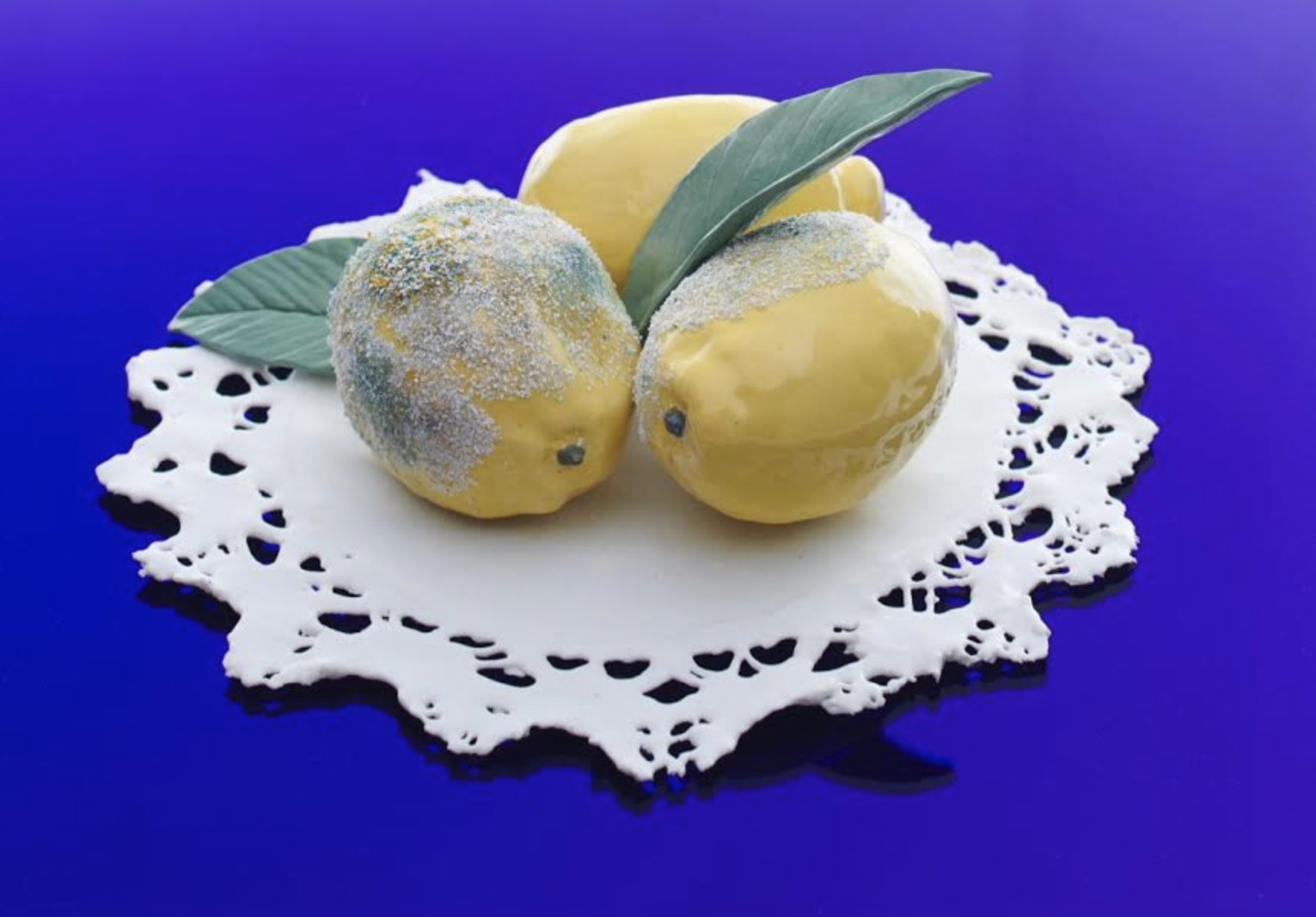 Ceramics, throughout millennia, have had an intricate relationship with time and memory. The durability of pottery is an essential trait that archeology can rely on to help us understand, catalog, and map our collective history. Amongst the debris of the past, we encounter vessels, pots, clay objects, and sculptures that have survived the passing of time, providing us with essential insights into the process of their own making. The traces of evidence of what was once looked at and experienced connect us with antiquity, blurring the lines of past and present.
Ceramics, throughout millennia, have had an intricate relationship with time and memory. The durability of pottery is an essential trait that archeology can rely on to help us understand, catalog, and map our collective history. Amongst the debris of the past, we encounter vessels, pots, clay objects, and sculptures that have survived the passing of time, providing us with essential insights into the process of their own making. The traces of evidence of what was once looked at and experienced connect us with antiquity, blurring the lines of past and present.
In my daily art practice, I find myself immersed in a struggle, not only with the abstract notions mentioned but also with the physicality of clay. In this sense, memory in clay is bound to its plasticity, imitating in a metaphorical sense the malleability of thought and, in its extension, life. The dialogue involved in making it is of intense beauty. When modeling, my sense of agency is surrendered to the changing quality of clay; in this interconnectedness of materiality, time and memory, there is an underlying ontological meaning. The creative act is a continual organization and correction of errors that pushes the present into the future, overlapping the dimensions of time by doing so. Because art is, in fact, a possibility, a future of thought, a mechanism to contend with the unknown and our own finite nature.

